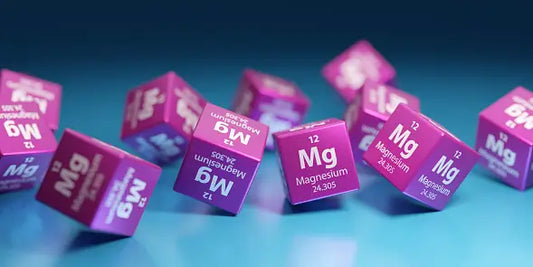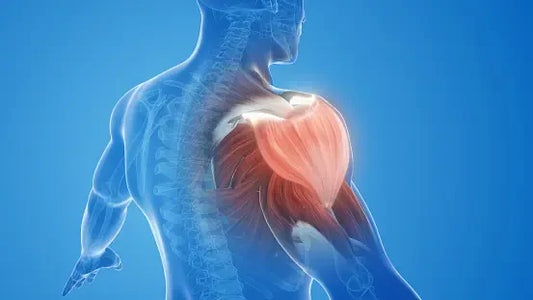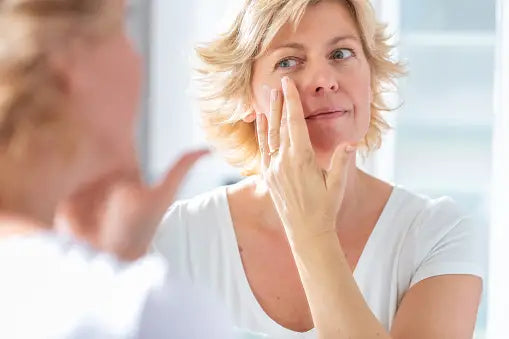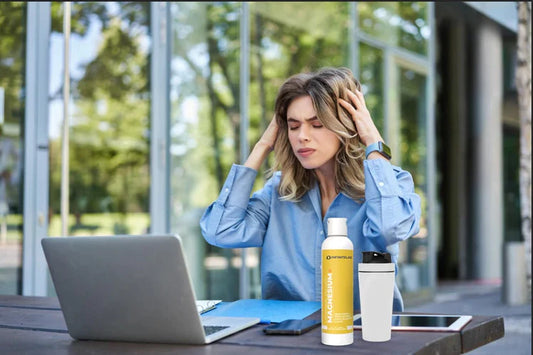

Carbohydrate Ingestion Minimizes Exercise-Induced Immune Dysfunction by Sam Haghighat
Table of Contents
 Athletes are constantly battling between physical well-being and an impaired immune function. Whether you’re training for a competition or to reach certain goals, infections are inconvenient and will certainly cause set-backs. Acute upper respiratory tract infections (URTI), such as colds, coughs, influenza, tonsillitis, sinusitis etc. are common illnesses experienced at all ages. These infections are one of the main reported causes of illness in athletes. For example, athletes who competed at the World Athletics Championships 2011 in Daegu, South Korea, reported 126 cases of illness. Of the 126 reported illnesses, 40% affected the upper respiratory tract, with confirmed infection in around 20% of cases (Alonso et al., 2012).
Athletes are constantly battling between physical well-being and an impaired immune function. Whether you’re training for a competition or to reach certain goals, infections are inconvenient and will certainly cause set-backs. Acute upper respiratory tract infections (URTI), such as colds, coughs, influenza, tonsillitis, sinusitis etc. are common illnesses experienced at all ages. These infections are one of the main reported causes of illness in athletes. For example, athletes who competed at the World Athletics Championships 2011 in Daegu, South Korea, reported 126 cases of illness. Of the 126 reported illnesses, 40% affected the upper respiratory tract, with confirmed infection in around 20% of cases (Alonso et al., 2012).
Respiratory infection incidence has been associated to the amount of exercise a person does. It has been suggested that the relationship between exercise intensity/volume and susceptibility to URTI is J-shaped (Nieman 1994). According to this model, taking part in prolonged, high-intensity exercise is associated with an above average risk of infection. Many recent studies have now provided additional evidence to evaluate the validity of the J-shaped relationship from a longitudinal perspective.
Firstly, it is important to understand that immune suppression in athletes can be attributed to a variety of factors. Many aspects of exercise induced immune function impairment seem to be caused by elevated levels of stress hormones. Therefore, in theory, nutritional strategies that effectively reduce the stress-hormone response to exercise would be expected to reduce the degree of exercise-induced immune dysfunction. Glycogen volume and availability from the muscle and liver at the onset of exercise the hormonal and immune response to exercise. When individuals perform prolonged exercise following several days on low carbohydrate (CHO) diets (typically less than 10% of dietary energy intake from carbohydrates), the magnitude of circulating stress hormone response (e.g. adrenaline and cortisol) and cytokine response is markedly higher than on normal or high CHO diets (Bishop et al., 2001). Thus, it has been suggested that adequate CHO ingestion can decrease the risks of developing a URTI associated with intense exercise training. This relationship has also been observed with CHO ingestion during intense exercise.
CHO and T-Lymphocyte Cell function
T-cells are part of the acquired immune system and play a fundamental role in the orchestration and regulation of the cell-mediated immune response to pathogens. They account for 60-80% of blood lymphocytes. One important consequence of a defect in T-cell function is an increased incidence of viral infections, most commonly Human Rhinovirus in athletes (HRV). With this in mind, it has been suggested that the apparent increased susceptibility of sportsmen and woman to upper respiratory tract infections may be due to exercise-induced reduction in T-cell function. T cells can be subdivided into T-helper cells (Type 1 and Type 2) which release inflammatory cytokines that direct the immune response, while other T-cells known as Cytotoxic, produce toxic granules containing enzymes to destroy pathogens. Evidence suggests that prolonged strenuous exercise decreases the proportion of circulating Type 1 T-cells (which is responsible for defence against virus) and cytotoxic cells but has little effect on Type 2 T-cells.
Recently researchers have found that with CHO supplementation, the effects of exercise-induced T-cell defect is reduced. A study by Lancaster et al. (2005) investigated the affects of prolonged exercise and CHO ingestion on T-cell distribution and intracellular cytokine production. Participants performed 2.5 hours of cycling at 65% VO2max while ingesting a 6.4% CHO solution or a placebo. Exercise resulted in a decrease in the number of Type 1 T-cells and percentage of interferon gamma cytokine 2 hours post exercise. It is suggested that the decrease in Type 1 T-cell number and cytokine production following the placebo trial leaves this ‘open window’ for infection. However, with CHO ingestion, both the decrease in the number and percentage of interferon gamma was prevented. CHO supplementation is considered as the main mechanism that maintains plasma glucose concentrations, leading to a reduction of metabolic stress and an attenuated increase in cortisol concentrations (due to minimised stimulation of the hypothalamic pituitary adrenal axis). Increases in blood cortisol is known to have a wide range of effects on immune cells and functions.
This is supported in the literature by Henson et al. (1998). They found that cortisol concentrations correlated negatively with glucose and total T-cell number at 1.5 hours and 3 hours of recovery. Furthermore, ingestion of 6% CHO drink during 2.5 hours of high intensity running in 30 experienced marathon runners resulted in a lesser decrease in T-cell number immediately post run until 3 hours of recovery. HRV is commonly reported among athletes. The effects of strenuous exercise and CHO on lymphocyte migration towards HRV infected bronchial epithelial line has also been investigated (Bishop et al., 2009). They found that following 2 hours of exercise at 60% VO2peak, migration of T-cells towards HRV was 35% higher on CHO (6.4% glucose) trial in comparison to a placebo.
Take home message: CHO ingestion during intense exercise may decrease the risk of developing a upper respiratory tract infection due to maintaining/minimising T-lymphocyte dysfunction following strenuous exercise.
Reference List
Alonso, J. M., Edouard, P., Fischetto, G., Adams, B., Depiesse, F., & Mountjoy, M. (2012). Determination of future prevention strategies in elite track and field: analysis of Daegu 2011 IAAF Championships injuries and illnesses surveillance. British journal of sports medicine, 46, 505-514.
Bishop, N. C., Walsh, N. P., Haines, D. L., Richards, E. E., & Gleeson, M. (2001). Pre-exercise carbohydrate status and immune responses to prolonged cycling: II. Effect on plasma cytokine concentration. International journal of sport nutrition and exercise metabolism, 11(4), 503-512.
Bishop, N., Walker, G. J., Gleeson, M., Wallace, F. A., & Hewitt, C. R. (2009). Human T lymphocyte migration towards the supernatants of human rhinovirus infected airway epithelial cells: influence of exercise and carbohydrate intake.
Henson, D. A., Nieman, D. C., Parker, J. C., Rainwater, M. K., Butterworth, D. E., Warren, B. J., Utter, A., Davis, J. N., Fagoaga, O. R., & Nehlsen-Cannarella, S. L. (1998). Carbohydrate supplementation and the lymphocyte proliferative response to long endurance running. International journal of sports medicine, 19(8), 574-580.
Lancaster, G. I., Khan, Q., Drysdale, P. T., Wallace, F., Jeukendrup, A. E., Drayson, M. T., & Gleeson, M. (2005). Effect of prolonged exercise and carbohydrate ingestion on type 1 and type 2 T lymphocyte distribution and intracellular cytokine production in humans. Journal of Applied Physiology, 98(2), 565-571.
Nieman, D. C. (1994). Exercise, upper respiratory tract infection, and the immune system. Medicine and science in sports and exercise, 26(2), 128-139.

















